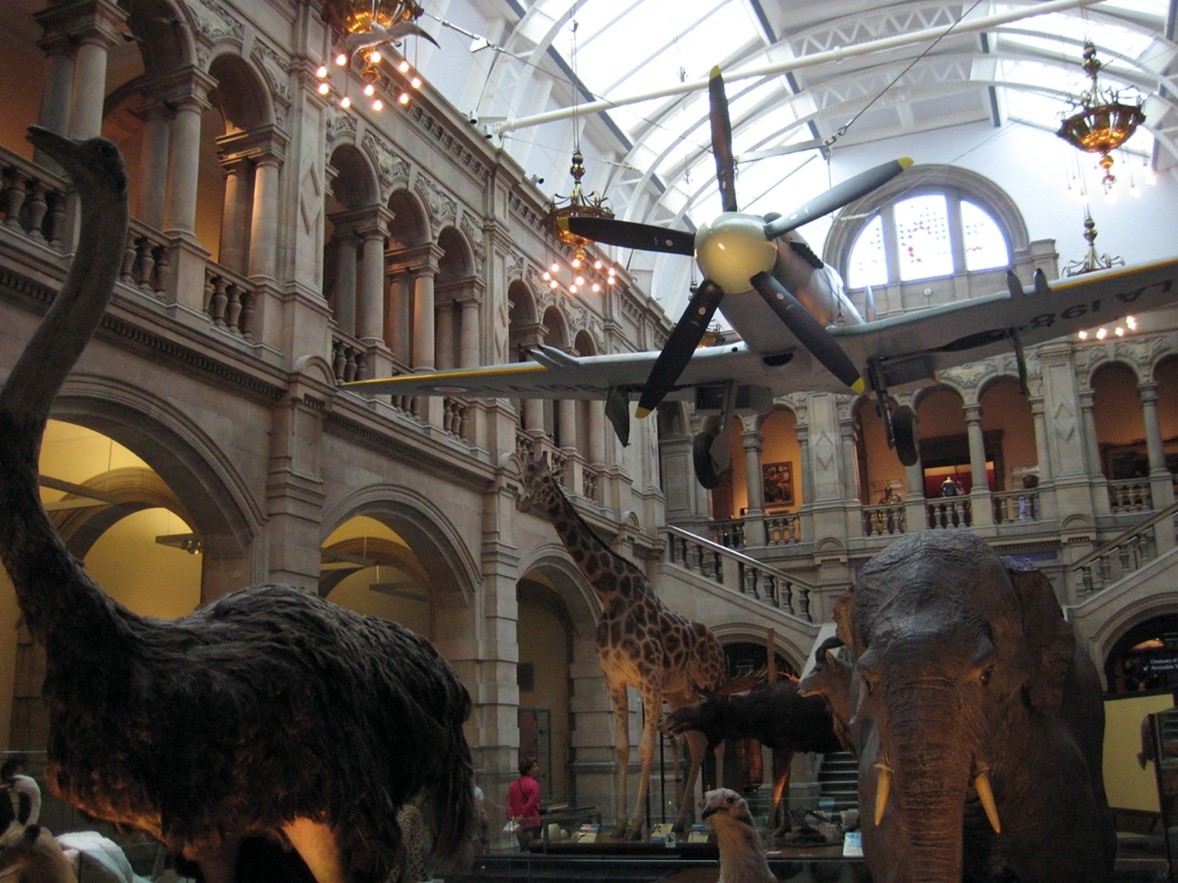Dr Samantha Evans was awarded her PhD, ‘Struggles for Distinction: class and classed inequality in UK museum work’, from Birkbeck’s Department of Organizational Psychology in November 2020. She won the Phillip Pullman Prize for Best Thesis in the School of Business, Economics and Informatics. She is currently a Research Fellow at UCL and will be moving to Royal Holloway as a Lecturer in Organisation Studies in October 2021. In this blog, Dr Evans highlights key findings from her PhD, in an update from her first blog, posted in April 2018.

Kelvingrove Museum, Glasgow
The recent appointment of George Osborne as Trustee of the British Museum generated a great deal of controversy within social media. Apart from being architect of policies which cut museum funding, his appointment exposes the realpolitik of power and money in a high-profile cultural institution. It also raises questions about work behind-the-scenes of the museum: who can get in and get on, and how might social class matter?
My doctoral research examined these questions, adapting Pierre Bourdieu’s theory and using secondary data, focus groups and interviews. This is a summary of my findings.
- Museum work is hierarchical and exclusive
Specialist curatorial knowledge, particularly in a national museum, has greater prestige than other roles. This may not seem surprising; this knowledge is seen to distinguish museums from other fields. However, it does mean other forms of knowledge – audience-focussed, practical, technical, and commercial – play second fiddle and runs counter to attempts to position museums as inclusive. It is the exalted nature of these positions, that contributes to their being competitive and out of reach for many, requiring costly qualifications and working for low or no pay.
- Museum work is changing but is still exclusive
The status of curatorial work is however being challenged by the competitive funding environment. Museums need new sources of income, and such skills are increasingly being sought. This is not without controversy. The furore over the Tate’s recruitment of a Head of Coffee illustrates this. Such changes highlight that knowledge hierarchies are not fixed. However, at present, it is only the very top echelons (what Bourdieu would call a ‘field of power’) where the rules of the game are being changed, as can be seen in the appointment of museum directors from other sectors (from politics and online retail) and of course, George Osborne.
- Museum career paths are rigid AND insecure
For everyone else, there is a powerful discourse that museum careers are built on dedication to the field. This is reinforced by the specialised and geographical division of museum work which means there is limited opportunity to move, buoyed by a fear of being shut out should one leave the sector. Alongside this, museum work, like other sectors, is increasingly precarious, and individuals rather than institutions, are encouraged to take on the precarity of the market, by being flexible, enterprising and resilient. This puts pressure on everyone, but particularly for those with less capital, unable to demonstrate both dedication and afford their rent.
- There is limited attention on the museum worker
In an embattled sector, the focus has been on collections or audiences with less attention paid to the needs of museum workers. This is reflected in both policy and museum studies research. Where the workforce is considered, it is often as a vehicle for developing the sector, rather than a consideration of what we might call ‘good work.’ The lower status of management, viz-a-viz curatorial knowledge, make skills in people management less valued. And many small museums do not have the capacity to support, coach, or develop their staff.
- Museums are ‘classed’ too
Not all museums are equal. National museums have distinct privileges over and above other museums. They receive funding direct from central government, have a mandate to lead the sector, and an ability to capitalise on their status (attracting well-connected Trustees, high visitor numbers, TV deals). Whilst some museums can sit at the same table, few can become a ‘national’. As such it creates a them and us divide, legitimised by nationals having the ‘best’ collections. These distinctions need critical scrutiny; collections often come from money, and their value is not neutral. From this lens, the appointment of George Osborne can be seen to reinforce such distinction, in effect upholding a classed system.
What can we do?
The pandemic offers an opportunity for museums to collectively rethink the skills they need, the way roles are designed, and how knowledge is valued. There is a need to develop inclusive career paths in and across sectors, creating partnerships, and to emphasise skills in “worker care” as much as “collections care”. National museums, funders, and universities have power and hence a responsibility to invest in this work.
There is more to this story. I am happy to give a talk, discuss solutions and hear your thoughts @samisatwork or Samantha.l.evans@ucl.ac.uk.
Further information
